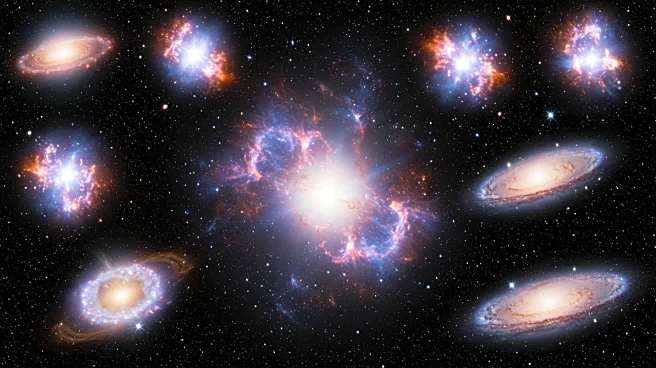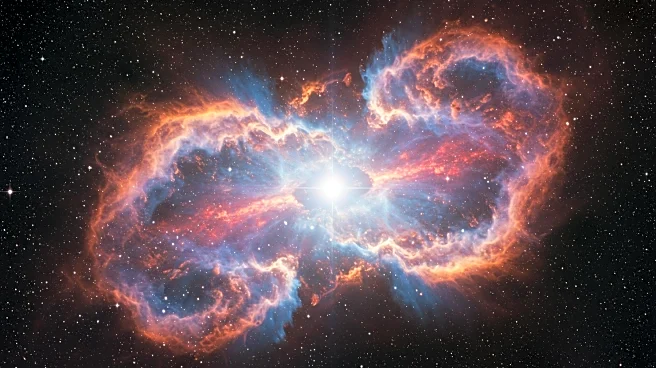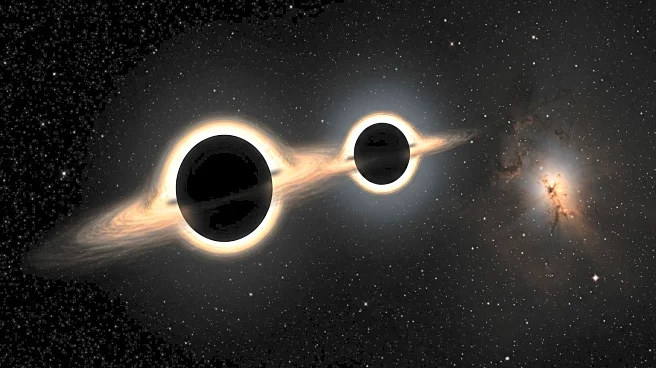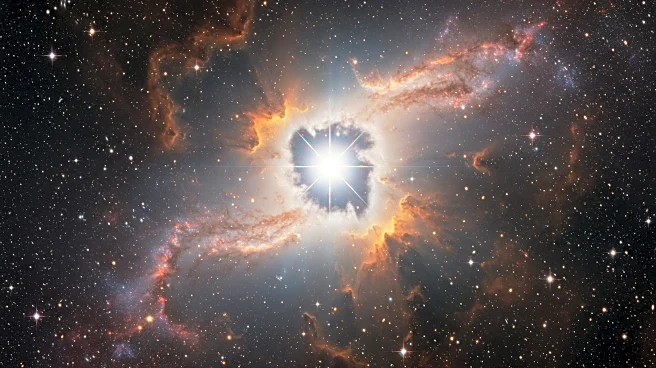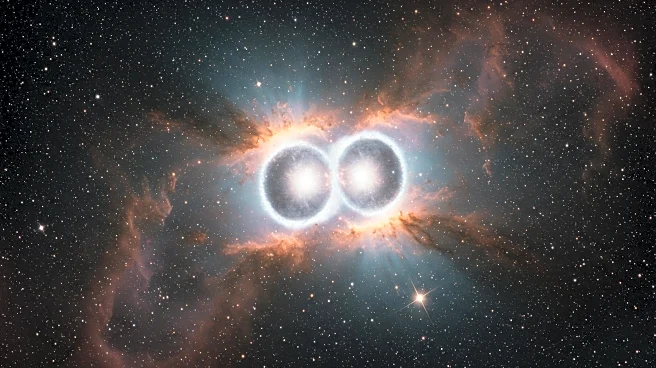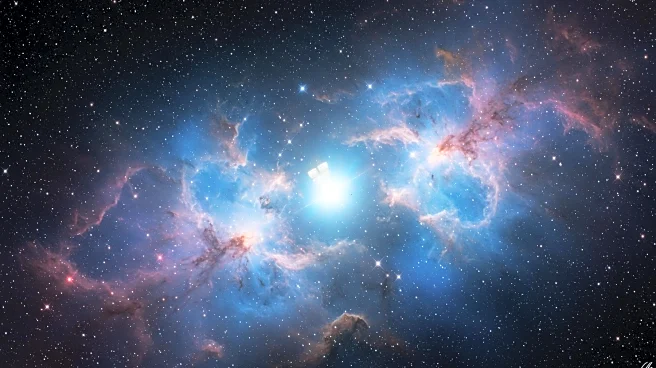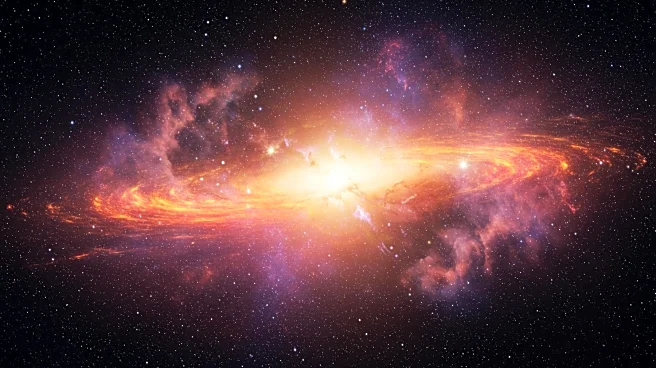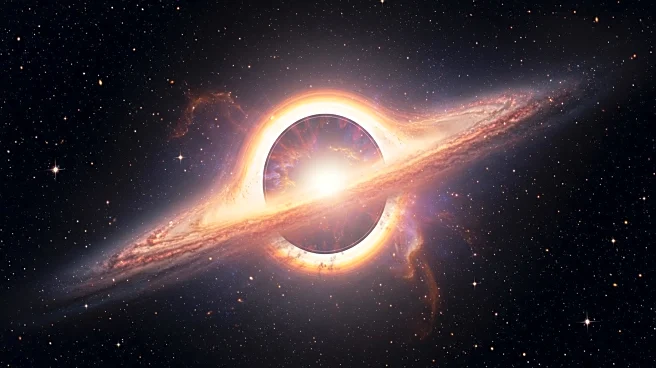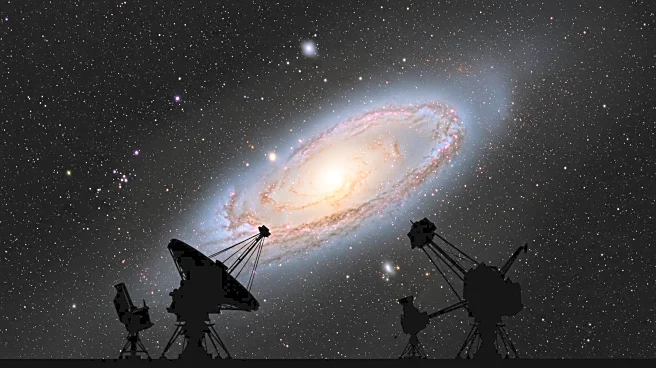Rapid Read • 6 min read
Astronomers have devised a method to detect supernovas shortly after they explode, overcoming previous challenges of timing and data overload. Using the Gran Telescopio de Canarias, researchers followed specific protocols to identify early supernova explosions, allowing them to study the phenomena within hours of occurrence. This approach involves scanning the night sky and applying strict criteria to distinguish supernovas from other transient objects. The method has successfully identified both core-collapsing massive stars and white dwarf detonations.
AD
Detecting supernovas in their early stages provides valuable insights into the mechanics of star explosions and the environments in which they occur. Understanding these processes can enhance our knowledge of stellar evolution and the dynamics of galaxies. The ability to observe supernovas shortly after they explode could lead to breakthroughs in astrophysics, offering a deeper understanding of the universe's lifecycle and the formation of celestial bodies.
The Vera C. Rubin Observatory is expected to play a crucial role in discovering early supernovas when it becomes operational. The observatory will issue millions of alerts nightly, which can be filtered using the new protocol to identify supernovas. This advancement could transform our understanding of exploding stars and lead to systematic studies of their earliest phases.
AD
More Stories You Might Enjoy
